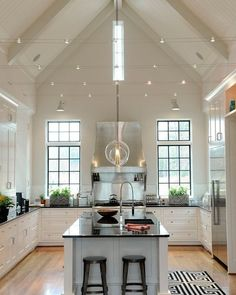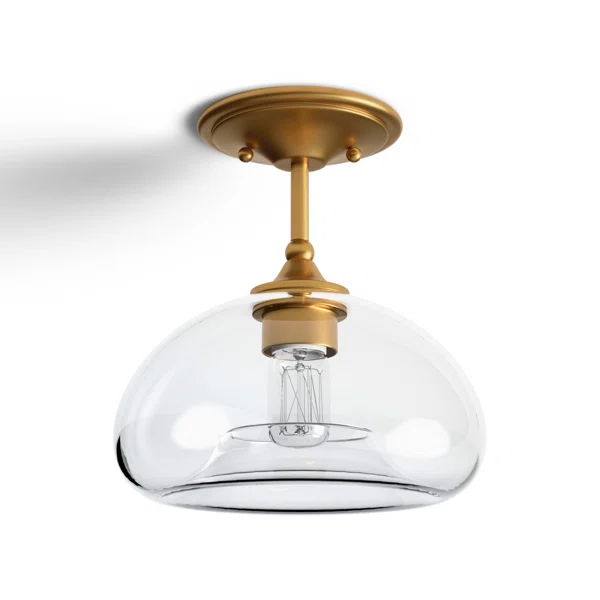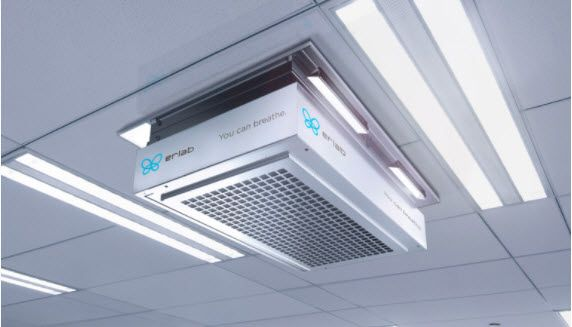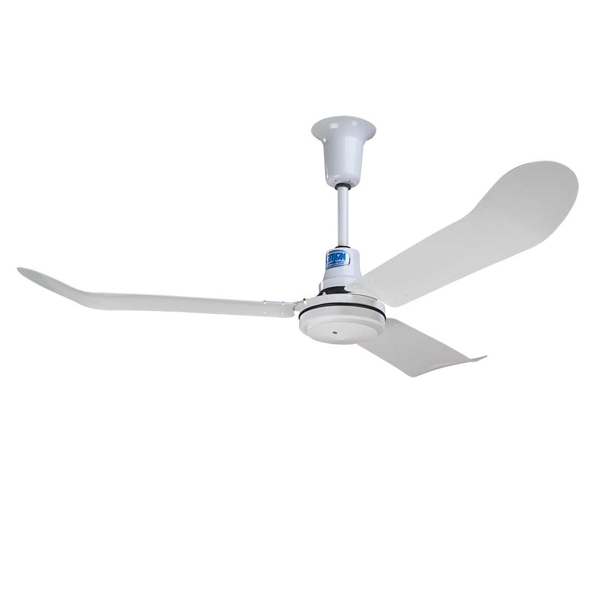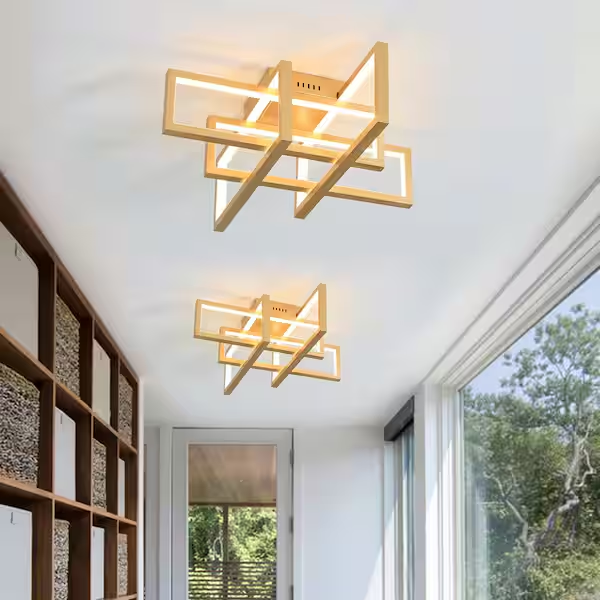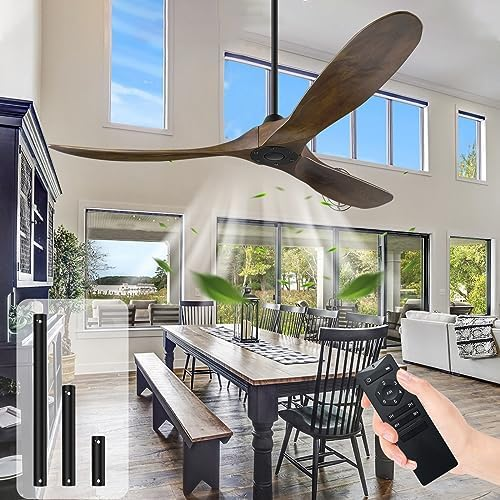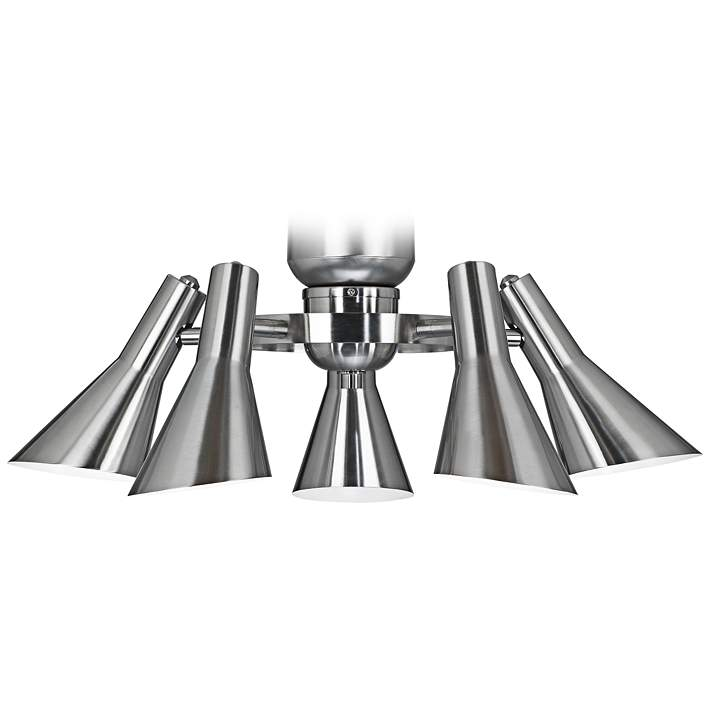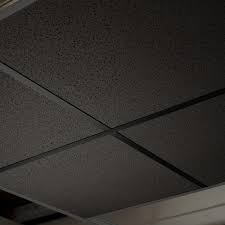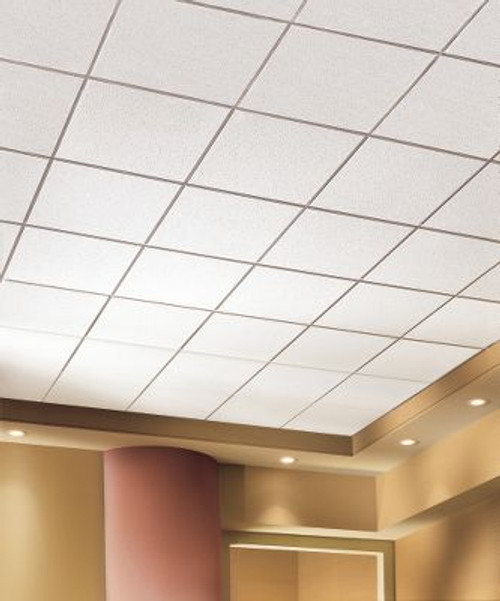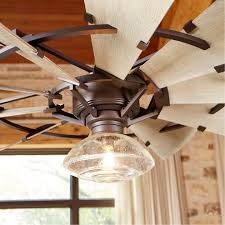If you’re searching for an efficient way to cool your home, a high output ceiling fan may be the perfect solution. Designed to deliver superior airflow, these powerful ceiling fans are ideal for large spaces, high ceilings, or rooms where effective air circulation is essential. In this guide, we’ll break down what makes a high output ceiling fan special, explore the various factors to consider when choosing one, and offer advice on installation and maintenance to ensure you get the most out of your fan.
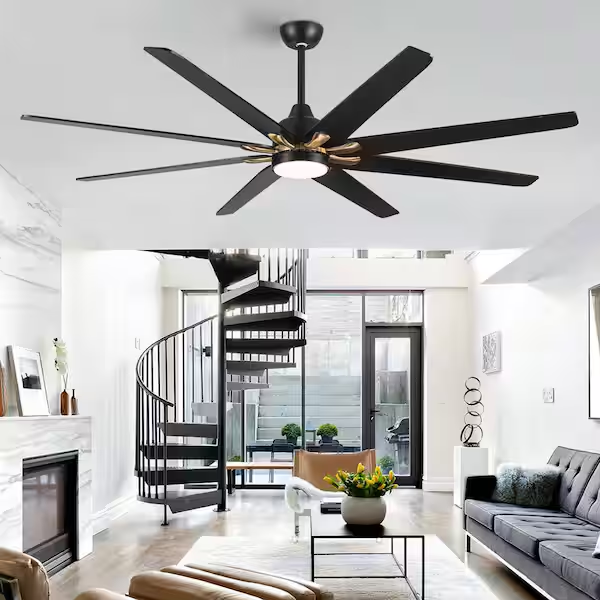
Why Choose a High Output Ceiling Fan?
A high output ceiling fan is more than just a decorative fixture—it’s a functional tool that can dramatically improve comfort in your living space. Unlike standard fans, high output ceiling fans are specifically designed to move larger volumes of air, making them perfect for spaces where normal fans simply won’t cut it.
Here’s why you should consider investing in a high output ceiling fan:
- Superior Airflow: These fans are engineered to move more air than typical ceiling fans, which means they are perfect for large rooms, open-concept spaces, and areas with high ceilings.
- Energy Efficiency: By circulating air more effectively, high output ceiling fans help regulate room temperature, allowing you to rely less on air conditioning. This can lead to significant energy savings.
- Improved Comfort: Whether you’re dealing with hot summer days or simply want to improve the airflow in a room, a high output fan ensures that your space stays comfortable all year long.
- Versatility: High output ceiling fans are available in a wide range of designs, sizes, and finishes, meaning you can find one that complements your home’s décor while also providing exceptional performance.
Key Features of High Output Ceiling Fans
When shopping for a high output ceiling fan, there are several key features you should keep in mind. These features will not only help you find the most efficient fan but also ensure that it suits your specific needs.
Read too: Discovering the Charm of Nautical Outdoor Ceiling Fans for Your Coastal Retreat: Sail into Style
1. CFM Rating (Cubic Feet per Minute)
CFM is the most important factor to consider when evaluating a high output ceiling fan. And CFM measures the amount of air a fan moves in a minute. The higher the CFM rating, the more powerful the fan. For large spaces, aim for a fan with a high CFM (over 4,000), while for very large rooms or industrial settings, you may want to consider a fan with a CFM rating of 7,000 or more.
2. Blade Pitch
Blade pitch refers to the angle of the fan blades. A higher blade pitch allows the fan to move more air. Typically, a blade pitch between 12 and 15 degrees is considered optimal for high output fans. However, it’s not just about the angle—the motor needs to be strong enough to support the increased air movement without overworking.
3. Fan Size
Size matters when it comes to choosing a high output ceiling fan. For larger rooms, you’ll need a bigger fan—fans with blade spans of 52 to 60 inches are ideal for most spaces. However, for very large rooms or spaces with high ceilings, you may need a fan with an even larger blade span, such as 70 inches or more.
4. Motor Quality
A high-quality motor is critical for high output fans. Look for fans with DC motors, which are more energy-efficient and tend to run quieter than their AC counterparts. These motors also tend to offer smoother operation and are more durable in the long run.
5. Mounting Options
If your room has particularly high or low ceilings, you’ll want to choose a fan that can be adjusted accordingly. High output ceiling fans typically come with downrod mounting options for high ceilings, ensuring the fan is positioned at the optimal height for maximum airflow. For lower ceilings, consider a flush mount or a low-profile design.
Choosing the Right High Output Ceiling Fan for Your Space
With so many options available, it can be difficult to choose the right high output ceiling fan. Here are some tips to help guide your decision-making process:
1. Room Size
The size of the room is one of the most important factors when selecting a ceiling fan. Larger rooms require fans with larger blade spans and higher CFM ratings. A fan that is too small for a room won’t provide adequate airflow, while a fan that is too large may overpower the space aesthetically.
- Small Rooms (up to 75 sq. ft.): Opt for a fan with a blade span of 29 to 36 inches.
- Medium Rooms (76 to 144 sq. ft.): A blade span of 36 to 42 inches should suffice.
- Large Rooms (145 to 225 sq. ft.): Choose a fan with a blade span of 44 to 54 inches.
- Very Large Rooms (over 225 sq. ft.): Look for a fan with a blade span of 55 inches or more, and ensure it has a high CFM rating for optimal airflow.
2. Ceiling Height
The height of your ceiling will affect the type of mounting option you choose for your fan. High output ceiling fans often need to be mounted lower than standard fans to ensure efficient air circulation in rooms with high ceilings. For ceilings taller than 9 feet, a downrod extension will be necessary to position the fan correctly.
For rooms with low ceilings, consider a low-profile or flush-mount fan to avoid the blades hanging too low.
3. Style and Design
Functionality is crucial, but that doesn’t mean you have to sacrifice style. High output ceiling fans come in a variety of designs—from modern, sleek fans with minimalistic blades to more traditional, ornate models. Consider the overall aesthetic of your room and choose a fan that complements your existing décor.
Additionally, many high output ceiling fans offer integrated lighting fixtures, which can add both functionality and style to your space.
High Output Ceiling Fan Installation Tips
While many homeowners choose to install their ceiling fans themselves, it’s important to ensure proper installation for both safety and performance. Here are a few tips to keep in mind:
1. Turn Off Power
Before beginning installation, make sure to turn off the power at the circuit breaker to avoid any electrical hazards.
2. Choose the Right Mounting Bracket
A high output ceiling fan can be heavier than standard fans, so it’s crucial to use the right mounting bracket that can support the fan’s weight. Many high output fans come with reinforced mounting hardware.
3. Follow the Instructions Carefully
Every fan model is slightly different, so be sure to read the manufacturer’s instructions thoroughly. Pay special attention to details such as wiring connections and mounting procedures.
4. Ensure Proper Balance
An unbalanced fan can wobble and make noise, which will affect its efficiency and longevity. Most high output ceiling fans come with balancing kits to help you fine-tune the balance after installation.
5. Consider Professional Installation
If you’re unsure about installing a high output ceiling fan, consider hiring a professional. Improper installation can lead to electrical issues or even damage the fan over time.
Maintenance Tips for High Output Ceiling Fans
Proper maintenance is key to keeping your high output ceiling fan running smoothly for years. Here are some basic maintenance tips:
- Regular Cleaning: Dust and dirt can accumulate on the fan blades, affecting performance. Clean the blades regularly with a soft cloth and avoid using harsh chemicals.
- Check the Balance: Over time, a fan can become unbalanced, leading to wobbling. If you notice this, use a balancing kit to correct the issue.
- Lubricate Moving Parts: If your fan has mechanical moving parts, check the manufacturer’s guidelines for lubrication. Some fans may require periodic oiling to keep the motor running smoothly.
- Inspect for Wear and Tear: Periodically inspect your fan for any signs of damage or wear, especially around the mounting bracket and electrical connections.
Conclusion
A high output ceiling fan is an excellent investment for anyone looking to improve airflow and comfort in larger spaces. By understanding the key features like CFM rating, blade pitch, and motor quality, and considering your room size and ceiling height, you can find the perfect fan to suit your needs. With proper installation and regular maintenance, your high output ceiling fan will keep your home cool and comfortable for years to come.
